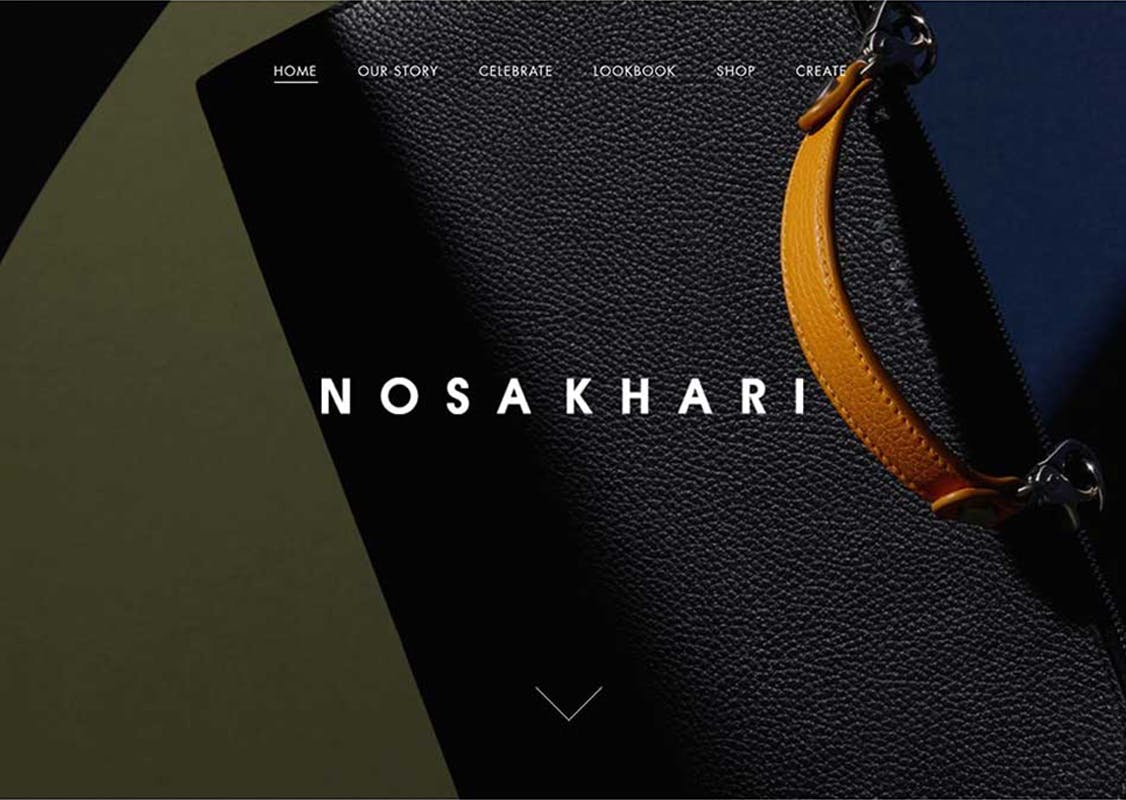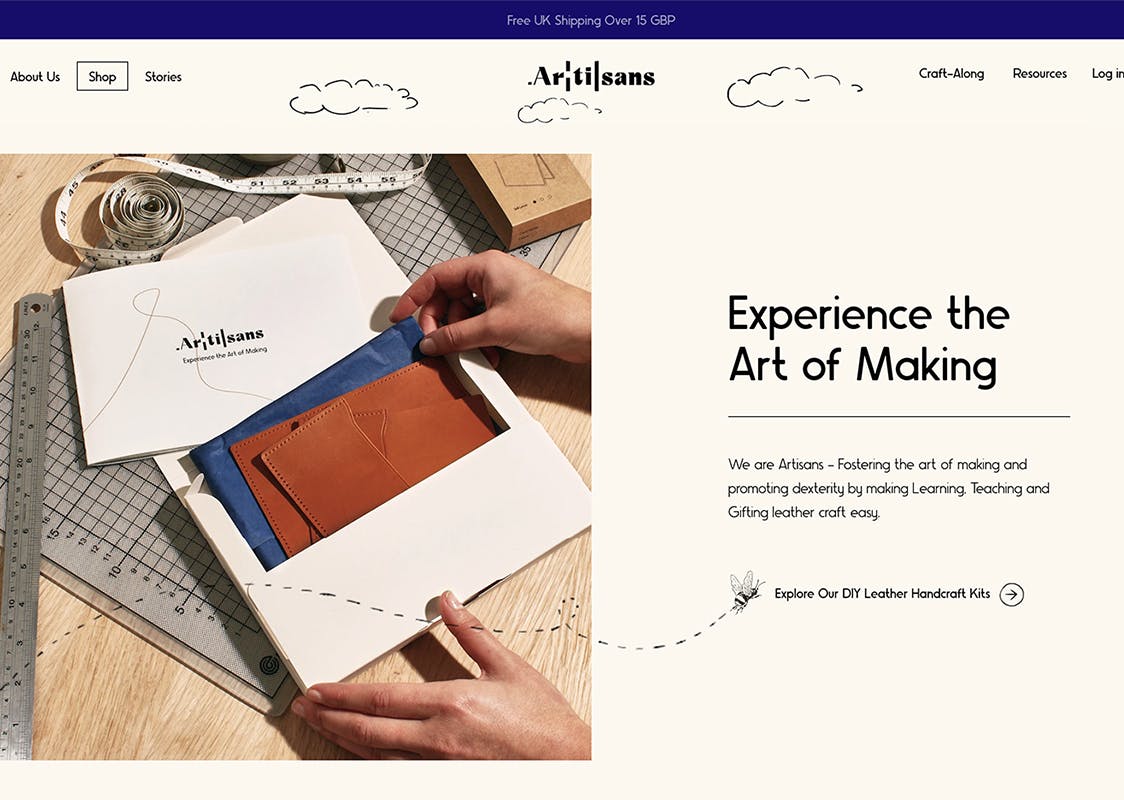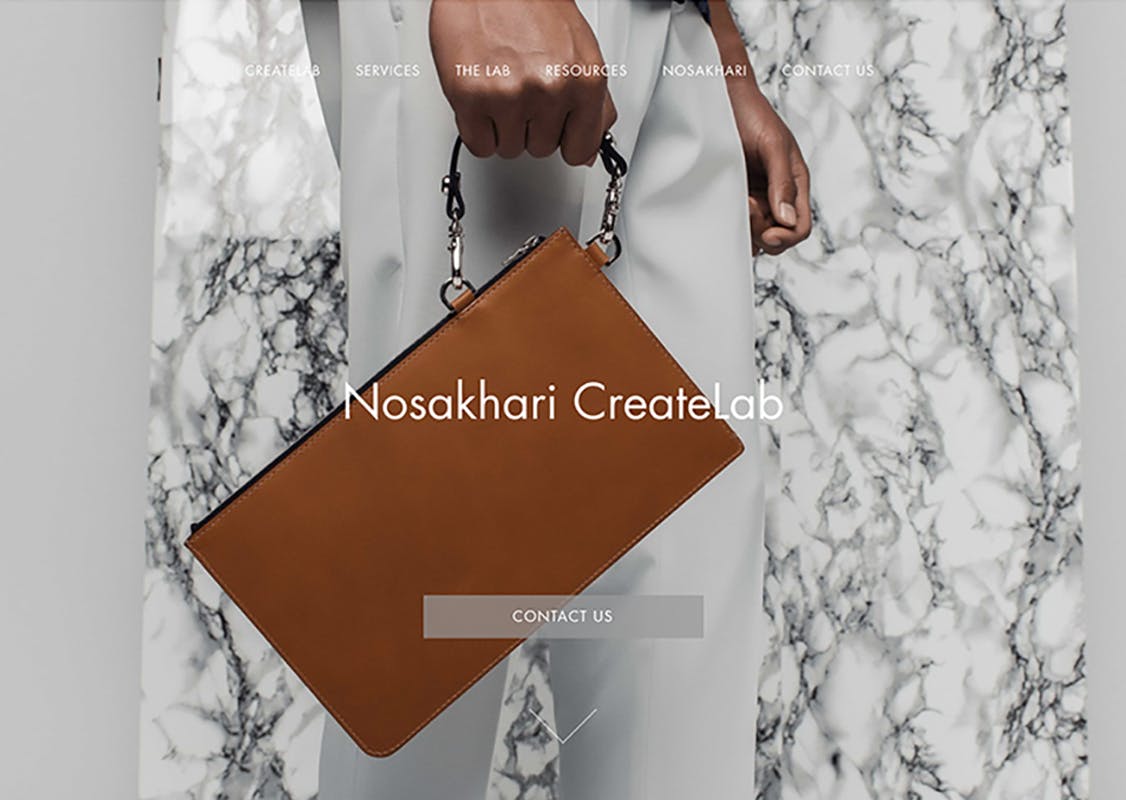
We caught up with potter and ceramicist Joseph Ludkin to chat about his love of Yunomi, the semiotics of objects and how to respectfully integrate traditional making processes.
Joseph Ludkin comes from a long tradition of craftsmen, with his grandfather being a founding member of the Craft Potters Association. His own journey into pottery, however, has been “a short but intensive experience”, organically aligned with his heritage rather than derivative of it. Following an MA in Design, Critical Theory and Practice at South London’s Goldsmith’s College, he underwent a beginners course in ceramics at Peckham’s Kiln Rooms – just two years later, he’s finished building his own studio in Brockley, where he plans to continue honing his own unique style.
Perhaps owing to his background, in theory, Ludkin’s work in recognisably grounded in the philosophical underpinnings of making. He describes discovering the Japanese aesthetic philosophy of Wabi Sabi – that focuses on contentment and acceptance of transience and imperfection in craft as in life – as a catalyst for a new way of interacting with the making process, taking him away from “the quest of perfection through repetition and symmetry and towards a process that celebrates the beauty of imperfection, concentrates on the creation of a single object and encourages an instantaneous reaction to the material and moment instead of fulfilling a designed intention.”
Nowhere is this more evident than in his Yunomi pieces. Functional, unique and works of art in their own right, the Japanese handle-less vessels traditionally carved in the kurinuki method from a single lump of clay. Ludkin combines the sensitivity of kurinuki with his wheel-throwing techniques and his Yunomi are always hand-finished – there’s no doubt that Japanese and Korean traditions influence his work but he’s keen to stress that this is a result of a personal connection rather than fetishism.
“The Yunomi is a perfect vehicle for art; due to the fact it doesn’t have a handle, it can drop its utilitarian connotations fairly easily and therefore can be semiotically versatile. This allows me to take the object out of the context of ‘functionality’ and ‘the home’ and use it as a relatively blank canvas in ‘the gallery’ to develop other conversations.”
This flirtation with differing techniques and philosophies has informed his view of what constitutes integrity of practice. Ludkin is certainly not a purist, but his work is founded on a respect for the heritages he draws from as a maker.
“The work of all good designer-makers and crafts-people is based upon a foundation of in-depth knowledge of traditional skills and techniques. It is fundamental for the quality of our own work that we should learn and understand techniques properly before we begin throwing them all in a blender. My work celebrates the integrity of many techniques without rigidly following a single traditional method.”
This focus on a respectful deviation, combined with his affinity for locally-sourced and foraged materials, is perhaps why his pieces are so striking. Whether it’s his gun-metal grey tankard-esque mugs, ash-glazed teapots flecked with expressionist dashes of white and cream, or wood-fired fish-scale chawans, complete with tea whisk and bamboo tea scoop, there is a consistent and observably developing the style with every one-off commission and unpredictable series.
In tandem with the praxis of using aesthetics as a means to subvert utilitarian perspectives of craft, Ludkin’s work very consciously explores the implications of how a product that operates in both globalised and localised spheres (in terms of influences and sales, and of personal commissions and found materials, respectively) can explore larger issues.
“I enjoy playing with the visual, semiotic language of objects; communicating concepts and meaning through form and technique. I am exploring how the use of materials, techniques, and style can create cultural and personal connections with objects. My use of local materials (alongside other considered principles) allows me to produce work that physically resonates with a place, and I am interested in what this means to people, communities, and cultures – and also what it means to me.”
From both a critical and aesthetic standpoint Ludkin displays a rare awareness of what craft can represent, so it’s no surprise that he’s been picked up by galleries as well as consumers. A selection of his pieces will be exhibited at London Design Week this year in the ‘Tactile Minds’ exhibition at House Mill, Bromley-by-bow. It’s been a whirlwind two years for the potter, and given his hopes that his new studio can enable him to “work more intensely over the next year”, we’re looking forward to whatever comes next.
You can check out more of Joseph Ludkin’s work here
Images Courtesy of Joseph and Lottie Ludkin


